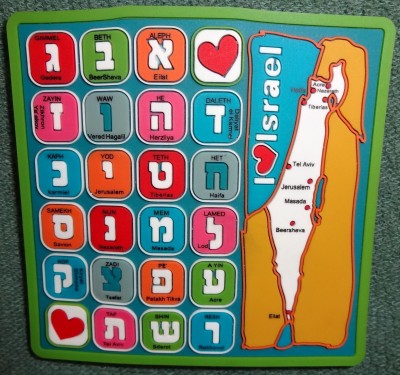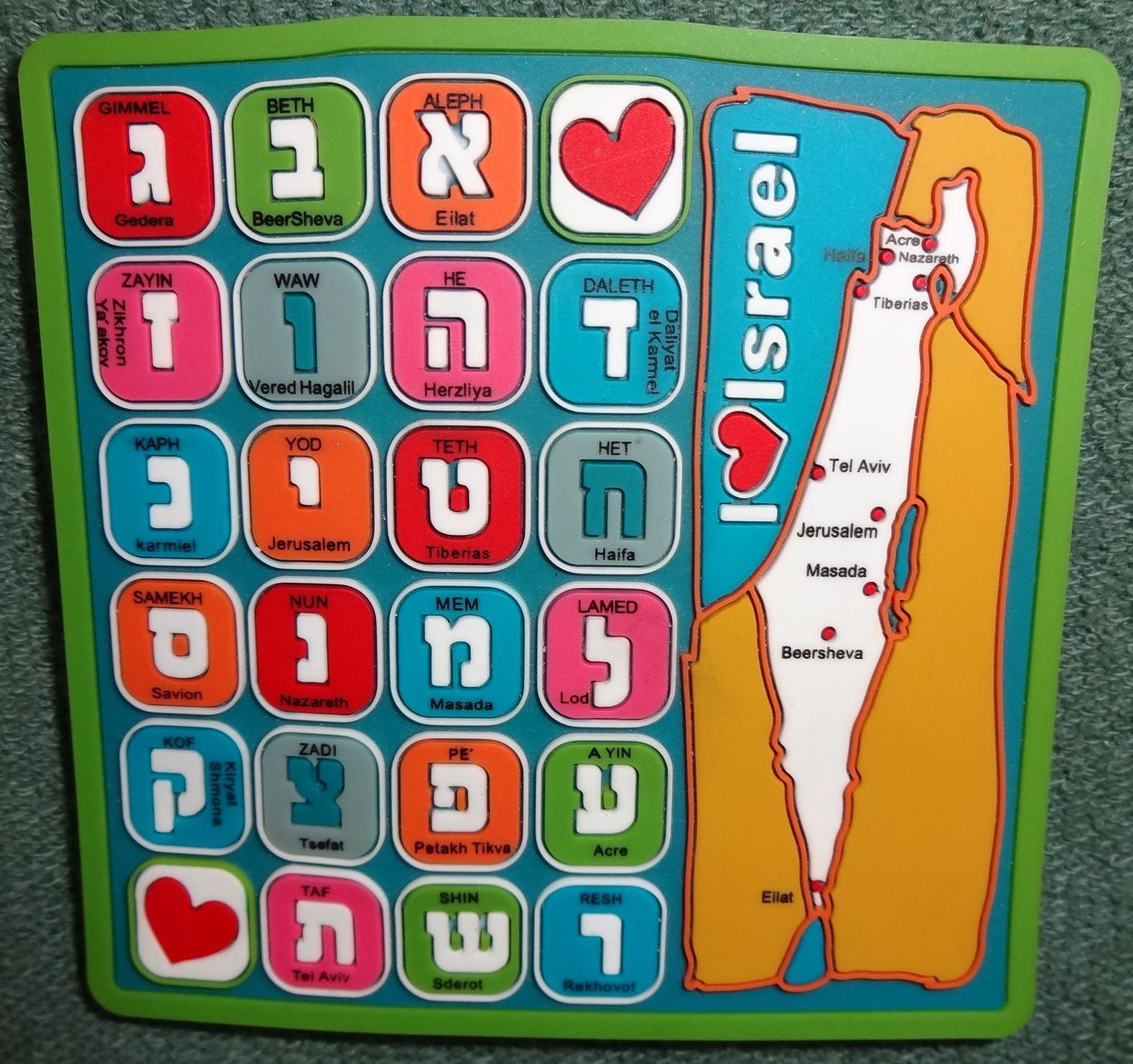
Jewish education in American synagogues is often compartmentalized into a curriculum: an hour of Judaic Studies and an hour of Hebrew, twice weekly. Judaic studies includes watered-down lessons on holidays and Torah stories. Mastery of the alef-bet, the Hebrew alphabet, is often all students gain from the Hebrew class.
By the Bat/Bar Mitzvah age of 12 or 13, most students do know how to read all the prayers of the worship service and are proficient in the interpretation of their own Torah portion. But the literal meaning of each prayer? Studying the next chapter of Torah—in the original Hebrew? Not so much.
American Judaism is in danger of becoming what Leon Wieseltier calls a “commemorative culture,” one that in its overemphasis on ancestral connection faces the threat of losing its relevance. One way to get out of the commemorative and into the dynamic would be teaching Modern Hebrew since, in Wieseltier’s words, language is the “incommensurable inflection of humanity.” Expecting Jews of the diaspora to learn and use Modern Hebrew could be the difference between a merely commemorative Judaism and a dynamic religious experience to which Jewish leaders and educators now aspire.
Jewish educators should teach for Hebrew language competence rather than exhort students about religious conviction. Too much time is wasted trying to convince kids that there is a God. Instead, priority should be on Hebrew as a second language.
In Israel, ulpan (Hebrew language school) exists to teach Hebrew to new immigrants. Hebrew class at American synagogues should be called ulpan, too—intensive, grammar based, practical, and fun. Second-language learning is also known to build bridges between peoples and reduces the early onset of Alzheimer’s disease.
In America, where no Hebrew knowledge is required for survival, the study of Biblical and liturgical Hebrew should come from an understanding of the prayers themselves—a natural outgrowth of Modern Hebrew skills. Although ancient Hebrew is different from Modern Hebrew, their differences are easily mastered and would demonstrate a profound and concrete linkage between Judaism from the ancient times to today. Such a practice will not only add to American Jews’ linguistic repertoire, but will also function as a natural link between the American Jewish community and Israeli Jews.
According to a Pew Research Center survey published on October 1, 2013, 54% of American Jews report being able to read the alef-bet but only 12% are conversationally fluent in Modern Hebrew. Why does Hebrew education stop after the alef-bet? What if American Jews could also get the satisfaction of being able to read, speak, and think in Hebrew?
Modern Hebrew competence would be a giant step towards fixing the dilemma of the ambivalent American Jew. As with all language learning, use of that language with native speakers heightens linguistic ability, connection with others, and, inevitably, life experience. Deepened connection to the Jewish people and the State of Israel would enhance the quality of Jewish life and promise a baseline understanding of contemporary Jewish affairs in Israel. Knowing Hebrew also would make Jews smarter and more cognizant of political and religious battles being fought in their name. When young Jews go on Birthright they would have a premise for total immersion in the language and culture of Israel. Instead of facile, pre-scripted defenses to anti-Israel rhetoric American Jews could rely on their own experience and the deeply complex situation in Israel. And when Jews learn Hebrew, they might become aware of the importance of Arabic in Israel and study Arabic, too.
Two days a week is often the maximum amount of time families can dedicate to their child’s Jewish education. Make no mistake—this is a very small amount of time for language learning. By teaching Hebrew as a second language on the two days a week students do go to educational synagogue programs, the outcome will go further when considering lifelong Jewish identity building. American Jewish identity does not hinge on liturgy and prayer. According to the Pew Survey, an American Jew is more likely to believe in a peaceful two-state solution for Israel and Palestine (61%) than go to services at least once a week (11%). With an understanding of Modern Hebrew as an authentic connection to the ancestral tradition of Judaism as well as the future of the Jewish people, American Judaism can be not just a commemorative culture, but also a dynamic one.
Noah Westreich is a student at Macalester College.
[fbshare type=”button”]

